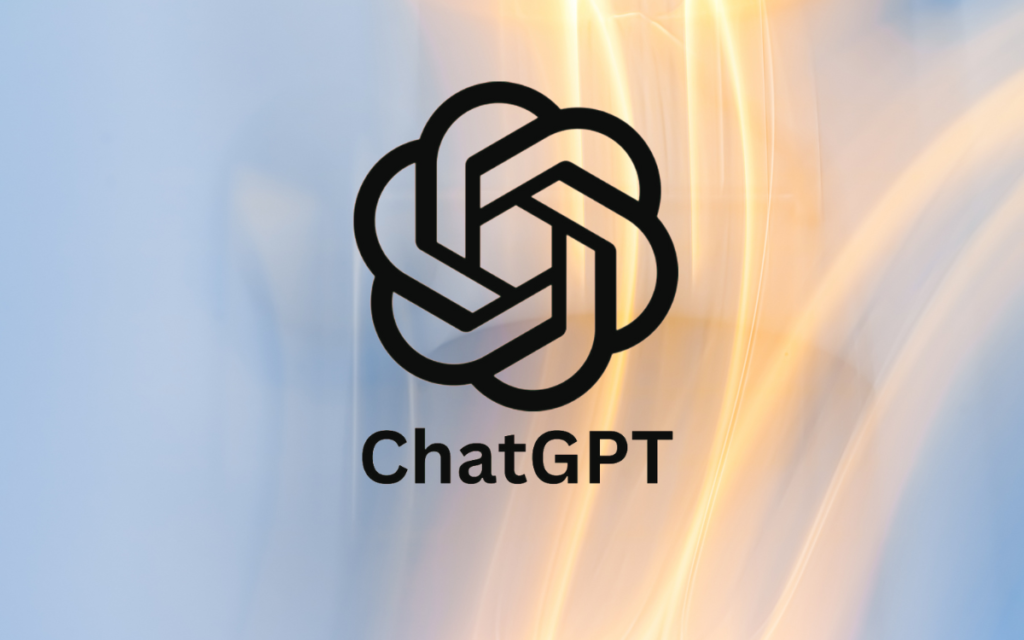ChatGPT vs. Human Editor: A Proofreading Experiment Unveiling Accuracy and Efficiency
In the realm of language and text refinement, the advent of AI has sparked a conversation about its capabilities compared to human expertise. ChatGPT, a sophisticated language model developed by OpenAI, has demonstrated remarkable prowess in generating coherent and contextually relevant text. But how does it fare in the critical task of proofreading and editing when pitted against the discerning eye of a human editor? This article delves into a comprehensive experiment designed to explore the strengths, weaknesses, and nuances of ChatGPT and human editors in the realm of proofreading.
Setting the Stage: ChatGPT’s Capabilities
ChatGPT, leveraging its extensive training on diverse datasets and language patterns, excels in generating text that is contextually coherent and linguistically accurate. Its ability to comprehend context and produce coherent sentences has positioned it as a valuable tool in various domains, from content creation to customer service.
However, when it comes to proofreading—identifying spelling errors, grammatical inaccuracies, punctuation missteps, and ensuring overall textual polish—human editors have long been the gold standard, possessing a depth of understanding, contextual awareness, and nuanced grasp of language that AI models are striving to match.
The Experiment Design
Phase 1: ChatGPT’s Proofreading Ability
In the initial phase, a diverse set of textual samples containing intentional errors—ranging from spelling mistakes to nuanced grammatical errors—was provided to ChatGPT for proofreading. The model was tasked with identifying and correcting these errors to assess its proficiency in proofreading.
Phase 2: Human Editor’s Evaluation
Simultaneously, these same textual samples were presented to a group of human editors possessing expertise in language, grammar, and proofreading. Their task was to review and correct the errors within the provided text, mirroring the tasks given to ChatGPT in the previous phase.
Phase 3: Comparative Analysis
The results obtained from both ChatGPT and the human editors were meticulously analyzed and compared. Accuracy rates, correction effectiveness, nuances in error detection, and the time taken for proofreading were key metrics used in this evaluation.
Findings and Observations
ChatGPT’s Performance
ChatGPT showcased a commendable ability to identify and rectify straightforward errors such as spelling mistakes and basic grammatical issues. Its strength lies in recognizing common language patterns and rectifying errors that align with established rules of grammar and syntax.
However, when confronted with more nuanced errors, colloquial expressions, or context-specific language intricacies, ChatGPT exhibited limitations. The model occasionally misinterpreted context and struggled to rectify errors that demanded a deeper understanding of idiomatic expressions or nuanced grammatical structures.
Human Editor’s Expertise
The human editors demonstrated a nuanced understanding of language nuances, idiomatic expressions, and context-specific grammatical structures. Their proficiency in identifying subtle errors, rephrasing for clarity, and adapting language to suit different tones and styles was significantly superior to ChatGPT.
Moreover, human editors excelled in preserving the intended meaning and tone of the text while rectifying errors, a feat that ChatGPT occasionally struggled to achieve.
Comparative Analysis
While ChatGPT showcased an impressive speed in processing and proofreading text, the accuracy and contextual understanding of human editors were unparalleled. The human touch prevailed in identifying and rectifying nuanced errors that required cultural context, idiomatic understanding, or subtle tonal adjustments.
Implications and Future Perspectives
The experiment underscores the complementarity of AI and human capabilities in the domain of proofreading and editing. While ChatGPT demonstrates efficiency and proficiency in handling straightforward errors, human editors excel in providing a deeper level of understanding, context sensitivity, and nuanced linguistic refinement.
Conclusion
The experiment serves as a testament to the evolving capabilities of AI language models like ChatGPT in the realm of proofreading. While AI-driven proofreading showcases speed and competence in handling basic errors, the inherent complexities and nuances of language demand the nuanced understanding and contextual awareness that human editors bring to the table.
As AI continues to advance, the synergy between AI-driven tools like ChatGPT and human expertise in proofreading and editing promises a future where accuracy, efficiency, and contextual refinement blend seamlessly to elevate the quality of written communication and content creation.
Editing More than 200,000 Words a Day
Send us Your Manuscript to Further Your Publication.








Is ChatGPT Trustworthy? | Rovedar | Scoop.it says:
ChatGPT vs. Human Editor | Rovedar | Scoop.it says:
Enhancing Your Assignments with ChatGPT | Roved... says: